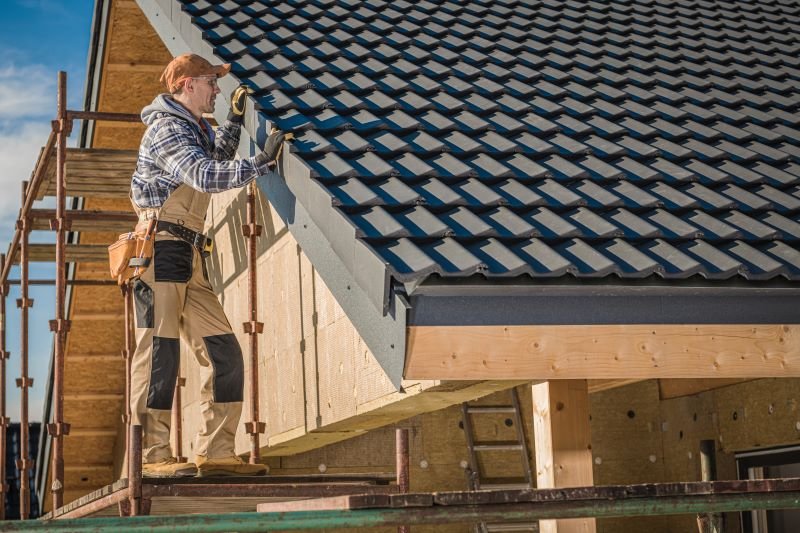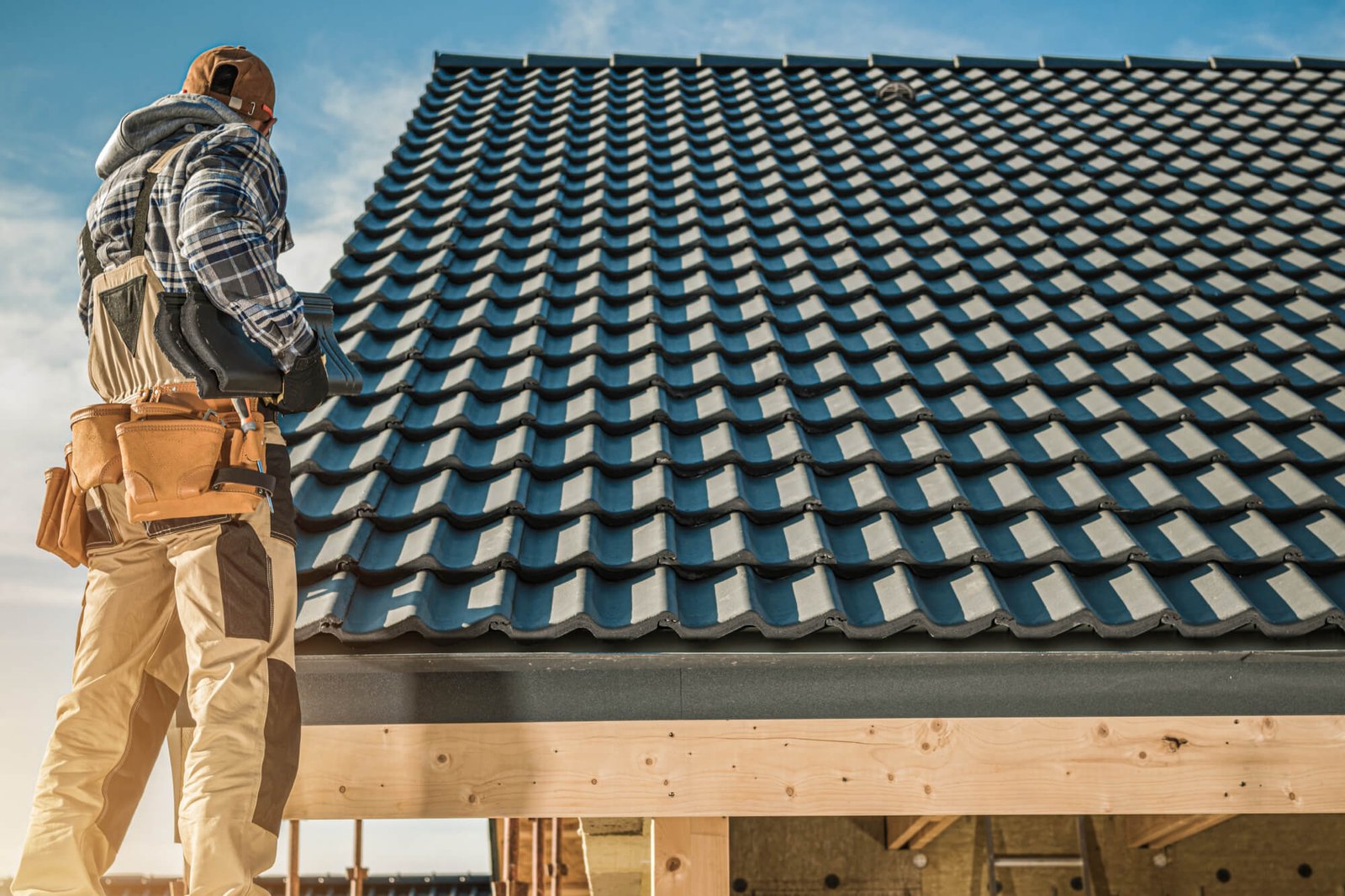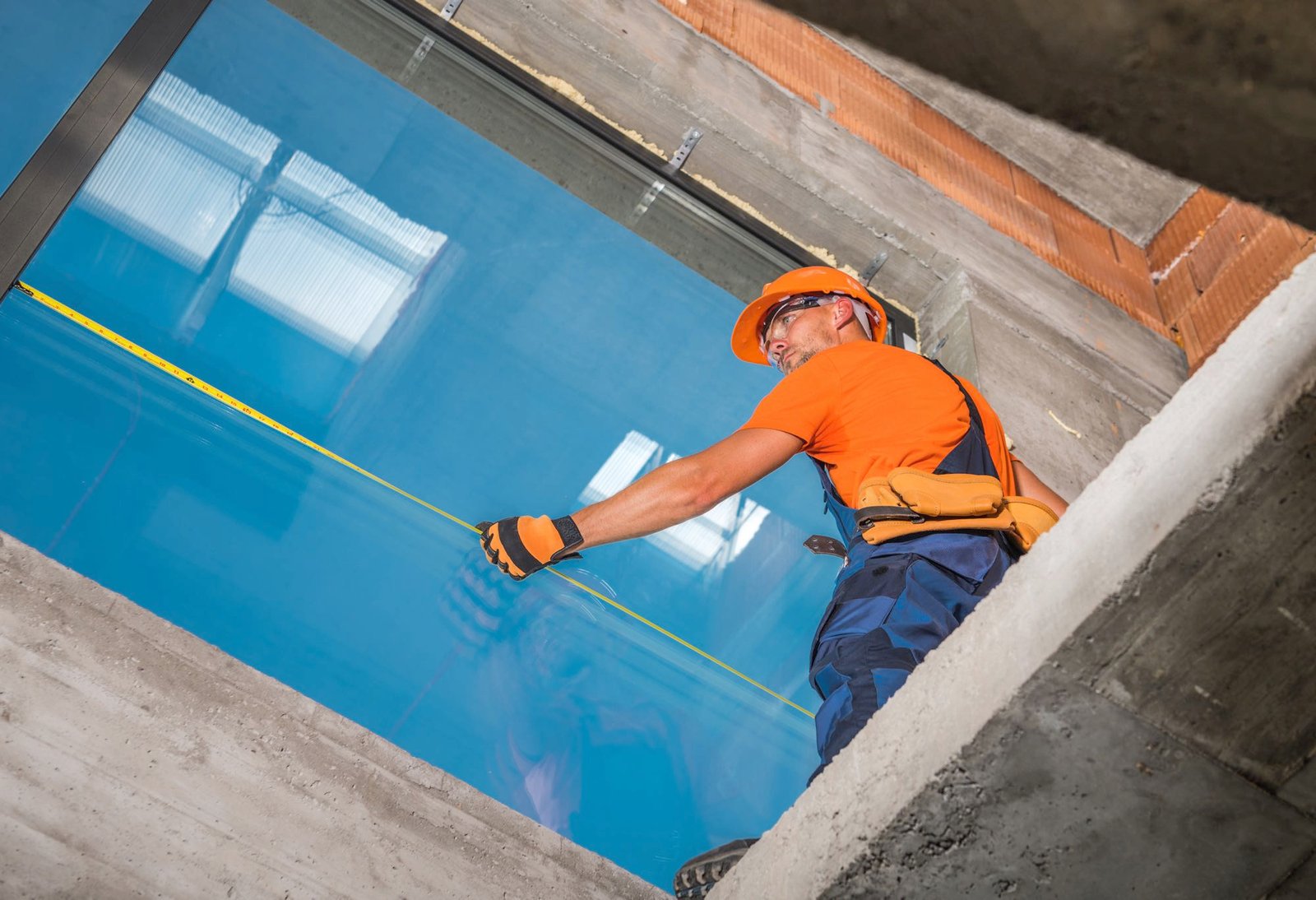Selecting the right roofing material for your new home is one of the most important decisions you’ll make as a homeowner.
The roof isn’t just about aesthetics—it’s your home’s first line of defense against the elements.
With so many options on the market, each with its own set of advantages and drawbacks, it can be overwhelming to decide which material is best suited for your needs. This guide will help you make an informed decision by exploring key factors to consider and providing an overview of the most popular roofing materials available today.
Key Factors to Consider

1.) Climate and Weather Your region’s climate plays a significant role in determining the most suitable roofing material. For instance, homes in areas with heavy snowfall may benefit from materials like metal or slate, which can handle the weight of snow. Conversely, regions prone to high heat may require reflective materials like light-colored asphalt or metal to reduce heat absorption.
2.) Durability and Lifespan Different materials have varying lifespans. Asphalt shingles, for example, typically last 20-30 years, while metal roofing and clay tiles can endure for 50 years or more. Consider how long you plan to stay in your home and whether a longer-lasting material is worth the investment.
3.) Cost and Budget Roofing materials vary widely in cost. Asphalt shingles are generally the most affordable option, while premium materials like slate and copper can be significantly more expensive. Remember to account for both initial costs and long-term maintenance expense.
4.) Aesthetic Appeal Your roof plays a major role in your home’s curb appeal. Choose a material and color that complement your home’s architectural style and the surrounding environment.
5.) Energy Efficiency Energy-efficient roofing materials can help regulate your home’s temperature and lower energy bills. Look for materials with high reflectivity or those rated by ENERGY STAR® for optimal performance.
6.) Weight and Structural Integrity Some roofing materials, like slate and concrete tiles, are heavy and may require additional structural support. Make sure your home’s framework can handle the weight before making a final decision.
Popular Roofing Materials

Asphalt Shingles
Pros: Affordable, widely available, easy to install, available in various styles and colors.
Cons: Shorter lifespan compared to other materials, less eco-friendly.
Metal Roofing
Pros: Long-lasting, lightweight, energy-efficient, recyclable, excellent in extreme weather.
Cons: Higher upfront cost, potential for noise during rain or hail.
Clay and Concrete Tile
Pros: Extremely durable, fire-resistant, excellent for hot climates, visually appealing.
Cons: Heavy, expensive, may require reinforced structural support.
Slate
Pros: Unmatched durability (can last over 100 years), natural beauty, fire-resistant.
Cons: Very heavy, costly, requires professional installation.
Wood Shingles and Shakes
Pros: Natural and rustic appearance, eco-friendly options available.
Cons: Prone to fire and moisture damage, higher maintenance requirements.
Synthetic Roofing Materials
Pros: Lightweight, affordable, available in a variety of styles mimicking more expensive materials like slate or wood.
Cons: Newer to the market, so long-term durability is less established.





